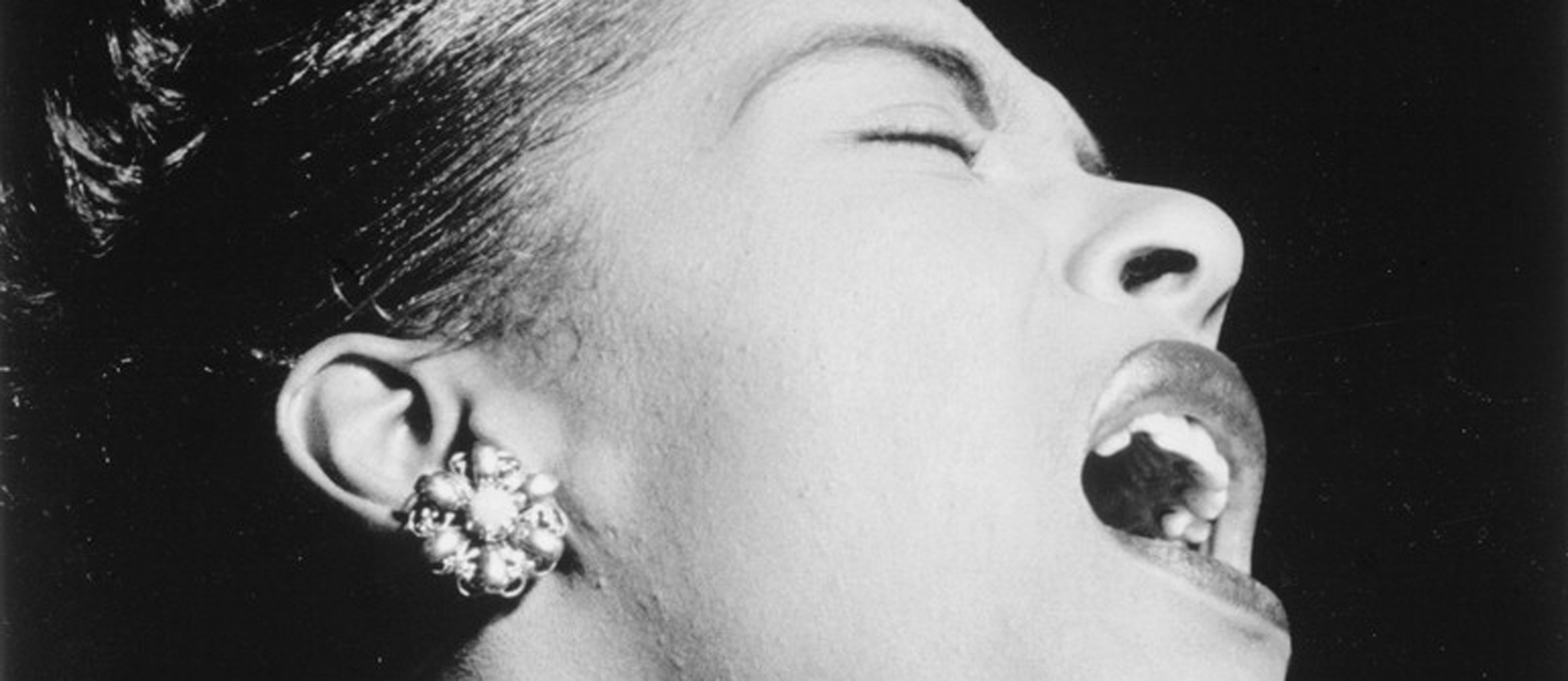
Georg Alkofer
Pat Metheny – Stylistic analysis of improvisation, composition, playing technique and sound aesthetics
The dissertation examines the music of the US guitarist and composer Pat Metheny, who has been considered one of the most important protagonists of contemporary jazz since the mid-1970s. On the basis of sometimes completely disparate styles such as bebop, free jazz, minimal music, pop, classical, fusion, jazz-rock, folk, new age, and Brazilian music, he has designed a decidedly personal sound cosmos since the beginning of his career. The study focuses on the specific characteristics and creative means of Metheny's improvisational and compositional personal style as well as on the stylistic and music-historical classification of his work. Embedded in the cultural and biographical context, exemplary recordings are transcribed and analyzed on the basis of a criteria catalog of musical parameters, which includes the aspects of harmony, rhythm, melody, phrasing and playing technique. Finally, the stylistic conception of the work also requires the investigation of the specific sound design that Metheny realizes by means of countless self-designed instruments, his own guitar tunings, effects devices and electronic equipment, such as guitar synthesizers.
www.georgalkofer.de
Publication (in German): The Syntax of Sound. Untersuchungen zur Musik Pat Methenys (1974-1994) (= Internationale Hochschulschriften Bd. 693), Münster: Waxmann 2022. Link to publisher website
The jazz department of the Bavarian Broadcasting (BR) has selected the book for the Top Five of the year 2022.
Martin Breternitz
Jazz in der DDR – Musik, Szenen und Zwischentöne im Staatssozialismus am Beispiel der Region Thüringen
Gefördert durch ein Graduiertenstipendium der Hochschule für Musik Franz Liszt Weimar
Doktorand im Graduiertenkolleg „Die DDR und die europäischen Diktaturen nach 1945" und Abschlussstipendium der Stiftung Ettersberg
Jazz in der DDR war vielfältig, teils subversiv, oft nonkonformistisch und trug stets den Gedanken der Freiheit mit sich. Ihm gegenüber stand ein starrer Staatsapparat, dessen Kulturbehörden zwischen Repression, Kontrolle und Vereinnahmung changierten. Jazz war zu jedem Zeitpunkt der DDR-Geschichte gesellschaftlich, sowie künstlerisch vertreten, relevant, und bot ständige Reibungspunkte zwischen Staat und der dem Jazz geneigten Bevölkerung. Das Forschungsvorhaben untersucht mittels Theorien des Kulturtransfers die zeithistorischen Zusammenhänge, stilistische Aspekte und Aneignungsformen von Jazz einerseits, sowie andererseits die kulturbehördlichen Kontrollstrukturen und das Vorgehen gegen diese Musik und ihre Akteure. In einer breiten Regionalstudie über die Jazzszenen Thüringens, die sich aus Gemeinschaften und Netzwerken von Jazzfans und Jazzklubs konstituierten werden mit alltagsgeschichtlichem Zugang die Perspektiven von Menschen untersucht, die in einer Diktatur eigensinnig „ihre“ Musik hören, aufführen und veranstalten wollten.

Benjamin Burkhart
Discourse - Image - Sound. Reggae and Dancehall in Transdisciplinary Analysis
Supported by a grant from the Ernst Abbe Foundation
Printed with the support of the Center for Popular Culture and Music of the Albert-Ludwigs-University Freiburg and the Hochschule für Musik Franz Liszt Weimar
The dissertation project focuses on reggae and dancehall as stylistic areas of popular music of Jamaican origin, which have so far remained largely unnoticed in musicology with regard to analytical approaches as well as their worldwide reception and production. In view of ongoing debates on the adequate analysis of popular music forms, the study aims to make a contribution that specifically combines music- and discourse-analytical methods and knows how to develop multimodal explanatory models. First, the research concept plans to reconstruct and systematize discourses about reggae and dancehall on the textual and visual level as well as aesthetic criteria of evaluation by means of a content-analytical evaluation of the leading German-language special interest magazine Riddim. The results of this step will be used as a basis for an analytical examination of sound beyond text-centered approaches, which will refer to the identified aesthetic criteria. Consequently, an analytical path is to be pursued that promises to provide a reciprocal examination of the discursive framing of the sound event on the one hand, and of the sound event itself on the other. Central to the project are questions on aesthetic dimensions as well as on the production of meaning in popular music, moreover on the results of the reception of Caribbean pop music in German-speaking countries, the answers to which should at the same time point out possibilities of an empirically founded analytical-aesthetic pop music research.

Bernhard Steinbrecher
The Sounding in Popular Music - Perspectives of a Systematic Analysis and Interpretation of the Sound Event in Popular Music
The topic of the dissertation is the sounding, the music in popular music. The focus is on the question whether the appreciation of artists or genres can be traced back to certain characteristics of the sound event materialized on sound carriers. To address this question, a multi-perspective and systematic approach is required, in which different horizons of understanding must be opened up in order to be able to analyze and interpret the sound event in a context-related manner. The prerequisite for this is a multi-layered and contemporary set of music-analytical instruments, which is not yet available to the extent required. By designing a modular system of analysis modules, I would like to contribute to closing this gap and, in addition, to outline a procedure with which it is possible to work out the connection between the sound event and the ethical-aesthetic criteria according to which artists or genres are judged. As an example of analysis I draw on the indie rock band Fugazi.
Link to the publication

Wolf-Georg Zaddach
Metal Militia In Eastern Germany. Heavy and Extreme Metal as Social and Aesthetic Practice in the GDR of the 1980s
Supported by a scholarship from the German National Academic Foundation and a printing grant from the Federal Foundation for the Reappraisal of the SED Dictatorship (Bundesstiftung Aufarbeitung der SED-Diktatur).
The dissertation deals with a topic that has been the subject of steadily growing scientific and feuilletonistic interest for several years: Heavy Metal as a cultural and living environment, as an aesthetic as well as social space of experience. The focus is on heavy and extreme metal in the GDR in the 1980s. The question is pursued as to how and in what form the genre, which developed primarily in the Anglo-American area as well as in Northern and Western Europe and was strongly differentiated in the 1980s, and its lifeworld were received, adapted and constituted in the GDR. With recourse to the social-scientific concept of the juvenile scene, transfer processes, conditions and structures of social and aesthetic, i.e. also concretely music-making practice in the GDR are traced. At the same time, this also means looking at the framework conditions of this post-traditional youth culture in state socialism and in the context of the Cold War, in order to be able to concretely trace free spaces and boundaries in its everyday cultural dimensions. On the one hand, oral history interviews with contemporary witnesses from different regions of the GDR and, on the other hand, files of the State Security (MfS) and the German Broadcasting Archive (Potsdam-Babelsberg), which have been made accessible for the first time on this scale, are used as empirical sources. The dissertation was submitted in February 2017 and will be published in 2018 under the title "Heavy Metal in der DDR. Szene, Akteure, Praktiken" by transcript Verlag, the printing is supported by the Bundesstiftung zur Aufarbeitung SED-Diktatur.
Link to the publication: Heavy Metal in der DDR. Szene, Akteure, Praktiken (transcript)
Reviews:
- Samples, Gesellschaft für Popularmusikforschung
- H/Soz/Kult Kommunikation und Fachinformation für die Geschichtswissenschaft
- Archiv der Jugendkulturen, Berlin
Interviews:
